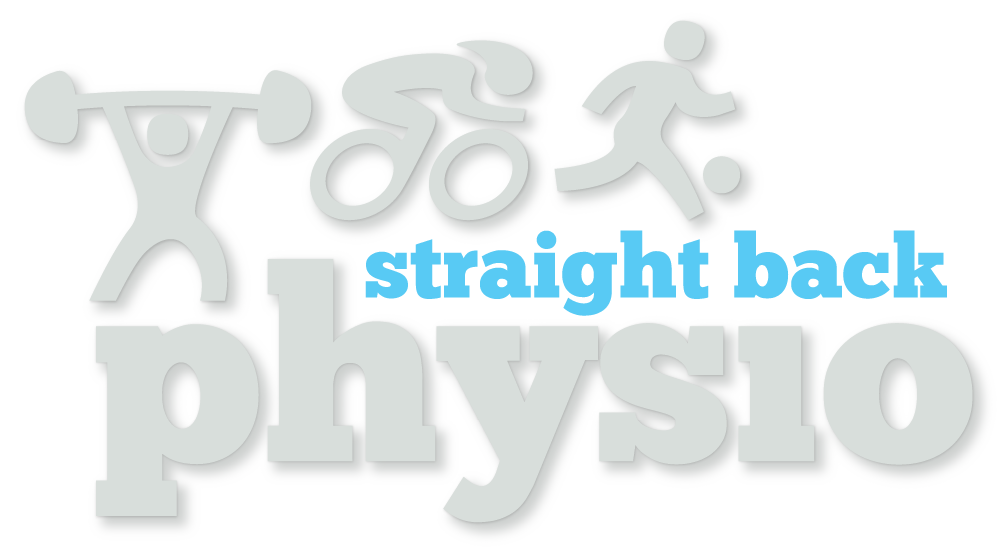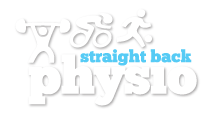physiotherapy for sciatica in Cheltenham

What is sciatica?
The sciatic nerve is the largest in the body, it is up to 2cm wide, and rather than being one nerve it is actually a bundle of nerves. It starts in the lower or lumbar spine, then travels through the buttocks and down the back of the leg to the knee. Here it branches into smaller nerves which go to different areas of the lower leg and foot.
If the sciatic nerve is pinched, irritated or stuck then the nerve will start producing symptoms, usually a combination of pain, tingling, numbness, coldness, or heat. Despite popular opinion you do not have to have lower back pain to have sciatica.
Sciatica is the symptom of an underlying medical condition, this could be a result of compression of the nerve, inflammation, an abnormal immune system response, or a combination of these factors. It is often aggravated by a disc bulge, or a joint or muscle pinching the nerve. Physiotherapy treatment can be very beneficial in all cases.

How Long Does Sciatica Last?
The length of time that sciatica lasts can vary greatly from person to person, and in most cases it will go away within a few weeks or months. However, it can last for years or even for life. Ultimately, the sooner you go and get treatment, the more likely you are to find long-term relief.
Sciatica rarely needs surgery, however in the rare circumstance where the nerve is severely compromised then surgery may need to be considered.
Symptoms of Sciatica
Sciatica is often accompanied by pain (sometimes intense, like an electric shock), tingling, burning and/or numbness in areas such as your lower back, thighs, knee, lower leg, ankle or toes. The pain you experience can be a stabbing or shooting sensation, and it may get worse if you perform actions such as coughing, sneezing, or lifting objects. In some cases, it can become difficult to bend your knee or lift your foot.
Understanding the root cause helps us focus on what’s aggravating the nerve, where we think it is appropriate we may refer you for a scan. Only when we know the root cause can any treatment be targeted so that you can achieve sciatic nerve pain relief.


How is Sciatica diagnosed?
Sciatica is diagnosed by looking at your history and physical assessment by your therapist. We will be looking to determine the origin of your sciatic pain, such as muscle strength tests, nerve mobility tests, and testing your range of motion in the lumbar region.
These tests will usually involve checking:
- Localised pain in the lower back, buttock, thigh and leg
- Check you response to leg movements that stretch the nerve, such as straightening the leg.
- Check your response to stimuli, such as pressing your toes or calf.
Physiotherapy and Sciatica
Physiotherapy is a very effective treatment for sciatica, it can reduce pain and inflammation, improve physical function and mobility, and prevent sciatica symptoms from recurring. The goal of physiotherapy is to gently relieve painful soft tissue tension by relaxing your body, it combines exercise, massages, and other advanced techniques to address your sciatica pain.

Physiotherapy and physical exercises focus on strengthening, stretching, and conditioning the body which is central to almost all sciatica treatment.
- Strengthening exercises help to achieve strong core muscles which relieve pain by supporting the spine and improve spine movement that lessens the chance of injury.
- Stretching exercises are useful because tight hamstrings can often be a source of pain causing a posterior tilt in the pelvis.
- Conditioning targets your whole body, it is used to build strength, speed, agility, and movement.
- Acupuncture
is a safe treatment for treating the pain and inflammation associated with sciatica.
- Shockwave therapy
is a new, promising treatment for sciatica. While there is still much unknown about how exactly it works, there is evidence that it can be an effective treatment for the pain and inflammation associated with sciatica.
- Massaging sciatic nerve provides a way to help ease your sciatica pain through a combination of: relaxing tight muscles, improving blood circulation, and reducing stress.
Physiotherapy for sciatica
We’re experts as assessing what’s going on and resolving issues swiftly so that you can achieve:
- Pain relief: We use a variety of techniques, such as massage, stretching, and exercise, to help alleviate pain and discomfort in the affected area.
- Lasting results: We address the symptoms and the underlying causes of the pain. This means we can help you achieve long-term relief.
- Avoiding surgery: By using non-invasive techniques to target the pain, we can help you avoid more invasive treatments. This can save you time, money and discomfort.
- Improved flexibility: By using targeted stretches and exercises, we can help you improve your range of motion and flexibility in the affected knee, reducing the risk of future issues.
- Improved mobility: We can help you regain range of motion in the affected area by using targeted exercises and stretches - increasing joint freedom.
- Safe and non-invasive: We offer a safe and non-invasive form of treatment for sciatica. Unlike surgery or medication, physiotherapy does not carry the risk of side effects or complications.
- Reduced risk of further injury: Using targeted exercises and stretches, we can help strengthen the muscles around the affected area, which improves stability and reduces the risk of future issues.
Book now
Sciatica is a very common, and very treatable condition, and with physiotherapy it rarely requires scans or invasive treatments such as cortisone injections or surgery.
It is important to bear in mind that recovery from sciatica can be gradual, but private treatment for sciatica can achieve lasting results for the vast majority of people.
We understand that some people may want to find out a bit more about the cost before they book an appointment at our physiotherapy clinic. Our unique save as you recover packages can save you up to 20% on the cost of a single session.
Insured
We can either work directly with your insurance company or we can provide receipts for patients who use cash-based plans so you can reclaim your treatment costs.
Not Insured
You can book an appointment on a self referral basis, without the need for seeing your GP first.
Why Choose Us
No other local physiotherapy clinic can offer you the same level of physiotherapy and rehabilitation that we can, simply because they don't have our level of experience and our in-house gym facilities.
This is how we gained our reputation of treating patients when other physios may have failed.
Contact Information
Quick Links
Our Location
© Copyright 2024 | All Rights Reserved | Straight Back Physio

